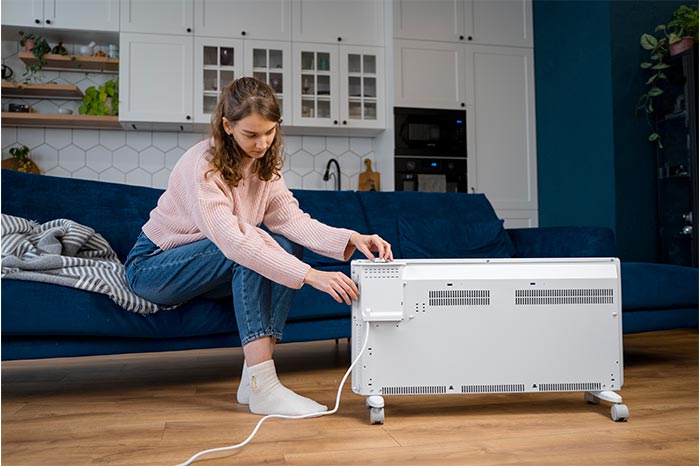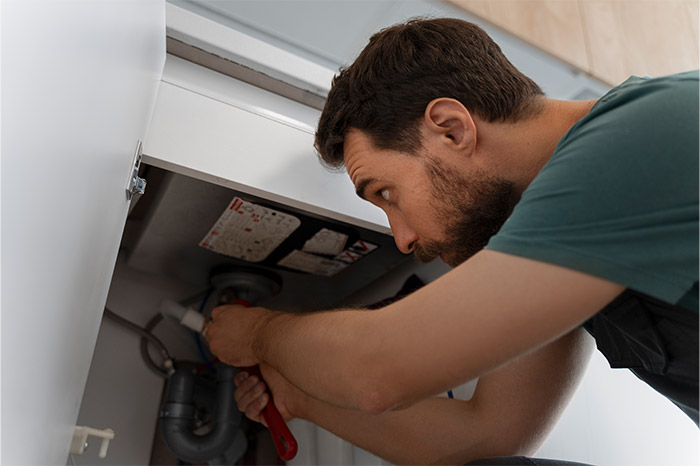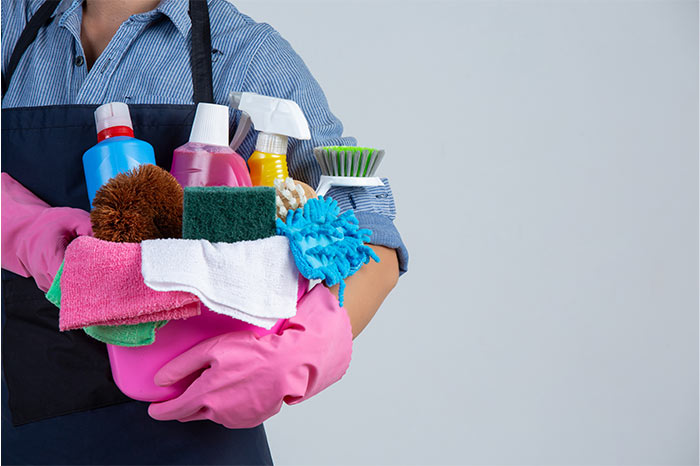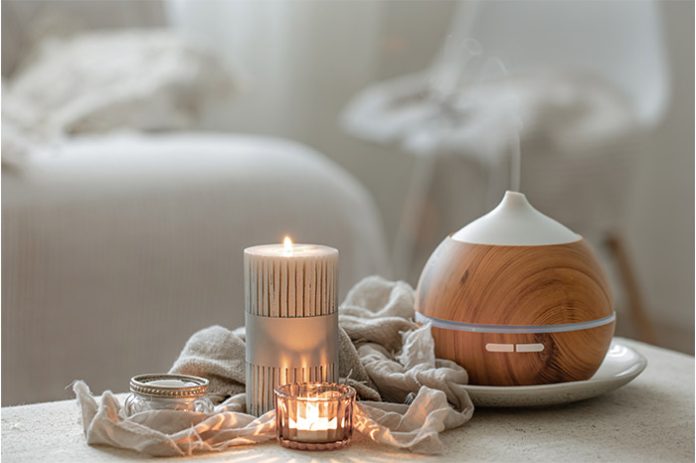The humidifier you use in your home to add moisture to your surroundings can become a source of spreading molds or bacteria all around. It happens when you do not maintain a proper cleaning schedule and ignore regular cleaning of your humidifier.
The cleaning schedule you must follow to clean a humidifier at your home depends upon its usage. If ignored for longer durations, a dirty humidifier can cause a significant threat to your house cleaning.
U.S. Consumer Product Safety Commission (CPSC) warned consumers of possible health hazards from dirty room humidifiers. CPSC has found dirty humidifiers become a source of bacteria and fungi that can cause lung problems ranging from flu-like symptoms to serious infections.
If you want to discover an easy-to-execute process for cleaning your humidifier, stay tuned until the end. We are uncovering some handy hacks that will assist you in keeping this little appliance clean. So, let’s dig in!
3 Best Practices for Keeping Your Humidifier Clean

Proper maintenance is necessary in any case, whether you use a homemade humidifier or have an advanced electric model.
You can decide the time frame per your usage. Below are the standard maintenance protocols you can follow for a seamless execution.
Other than the below-listed cleaning agents, there are multiple different options that you can choose from. But these are the readily available ones. Hence, we will be taking these as standard for today’s discussion.
1. Daily Maintenance

Daily humidifier maintenance is a must-do ritual for you if you are prone to using humidifiers frequently. It’s not only about the cleaning, it is also directly connected with ensuring an eco-friendly lifestyle.
This way, you will save yourself and your homies from any microbial attack. To ensure proper cleanliness and daily maintenance, all you have to do daily is:
- Ensure to empty the humidifier whenever it is off. Never leave stagnant water to accumulate for longer durations.
- Even if you use a humidifier until its tank gets empty, you should still manually empty it, shake out residual water, and let it dry completely.
- After emptying the tank, always check its sides to ensure no invisible slime accumulates there.
- Try to use distilled water to refill the tank instead of tap water because tap water contains minerals and microbes that can develop into a biofilm.
2. Weekly Maintenance

If you can’t ensure daily maintenance of your humidifier, shifting to a weekly maintenance schedule is a better option. The Environmental Protection Agency (EPA) of the United States encourages people to clean and disinfect a humidifier every three days.
Weekly cleanliness is more than just emptying and refilling the tank. You need to follow these:
- Separate all the loose parts of the humidifier and rinse them properly. (Do not immerse any of the parts with electronic components)
- Closely look for any buildup around the linings of different parts and clean them properly. A chalky white buildup is what you will mostly see, as this is the limescale from minerals in your water.
- Consider using a diluted acid mix of white vinegar, citric acid powder, or a similar weak acid for intense limescale cleaning. Mix about 2 tablespoons of vinegar per half a gallon of water and use it with a sponge or a brush to clean the parts.
- Leave the parts sunken for a while in the mixture and then rinse them properly. Ensure that every piece gets dry properly before you reassemble and use the humidifier again.
3. Monthly Maintenance

As your weekly cleaning assistants, vinegar and citric acid will help you eliminate the limescale. But, the risk of microbes or mold accumulation is still there. To overcome this, you must disinfect your humidifier and ensure its cleanliness at all levels.
This could be done once a month, but waiting longer than that will result in a smelly humidifier tank. It’s better to disinfect your humidifier once a month to avoid any sort of microbial attack.
- Prepare a bleach or hydrogen peroxide solution, which you will use as a disinfectant. Critically consider the CDC’s guidelines while preparing your disinfecting solution.
- Once the mixture is ready, use it to scrub all the parts of the humidifier with a sponge or a brush.
- Later, leave the parts to stay sinking in the mixture so any stubborn growth that might be there, even after the scrub, will be washed away.
- After removing the parts from the solution, rinse them properly and let them dry completely before you reassemble and use them again.
How Often Should You Clean A Humidifier?
We must consider one thing before quoting any exact answer to this frequently asked query. Stagnant water accumulated anywhere is a home for microbial growth and leaving it for longer durations will promote their multiplication and propagation.
Hence, cleaning your humidifier every third day is the most preferable approach. Other than this, there are regular or monthly maintenance that you can consider too.
Conclusion
To clean a humidifier, you must prepare a cleansing mixture of white vinegar, citric acid powder, or a similar weak acid. It will assist you in cleaning limescale accumulation around the lining of different humidifier parts.
For intense cleaning of mold reserves, disinfectants will be needed. You can use a solution of bleach or hydrogen peroxide, as it is also a powerful disinfectant.
It is better to ensure cleaning your humidifier every third day. Else you can also opt for a monthly maintenance schedule. The cleaner your humidifier is, the healthier your surrounding air will be. Keep it clean and stay healthy!





